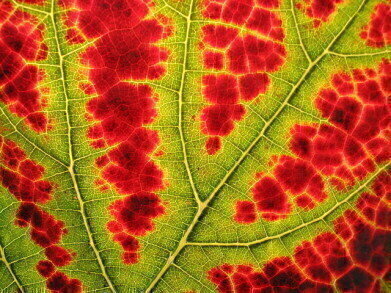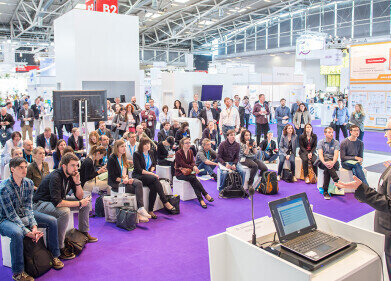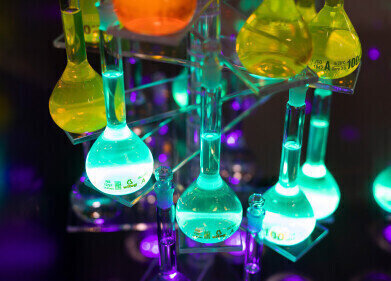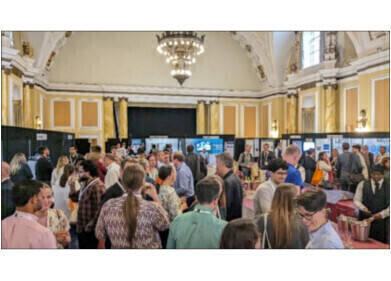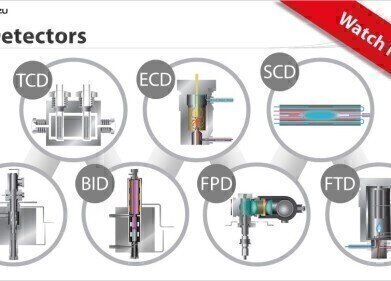Meeting Reports and Events
Chromatography in Chlorophyll on Display at Modern Day Kunstkammer
Apr 04 2016
The kunstkammer, or ‘cabinet of curiosities’, was a trend that became popular during the European Renaissance — when amateur scientists would showcase a collection of curios or oddities to their friends and the public. This celebration of easily-accessible science is being recreated once again in Wellington, New Zealand, as three artists bring together work which encourages interaction with the world around us.
Among the artworks on display will be that of Shaun Matthews, a photographer who has used chromatography to display how different plants react to sunlight — and how we can interpret this through the various shades of chlorophyll seen.
Chromatography and chlorophyll
The technique of using chromatography to separate out the different shades of colours within plant life is a long-practiced and incredibly simple one. In fact, it’s so simple that even children can conduct their own experiments at home to see all of the different colours of the rainbow in a leaf!
In his exhibition, Shaun Matthews took this simplistic idea and created a beautiful spectrum of all of the different shades found inside a leaf. Though it may appear to be a uniform green at first glance, the wonders of chromatography allow us to know better.
While the differentiation of these shades may seem to be an aesthetic pursuit in this case, it can actually also yield incredibly practical benefits. For example, isolating and identifying different colours can allow quantification of certain compounds in a substance, as discussed in the article, Testing Wheat Grain Authenticity with Fast, Non-destructive Multispectral Image Analysis.
Of course, the show in Wellington will not go into any such complex concerns as these, but the very fact that Matthews — an artist foremost and an amateur scientist in his spare time — is able to bring them to a wider audience is the fundamental point of the exhibition.
For Auld Lang Syne
Curator of the event Caroline McQuarrie explained that it was about harkening back to yesteryear and celebrating the simplicity of science.
“All three artists have a background in photography, and a fascination with how we use technology to image the natural world,” she said. “An earlier era is being celebrated — when the amateur scientist could be at the top of their field, and natural wonders were documented, collected and sometimes gathered together into cabinets of curiosities.”
Alongside Matthews’ work, there will also be installations from two other artists, Jonathan Kay and Bonny Stewart-McDonald, helping to demonstrate the wide link that can exist between, science, art and the world around us.
Kay will be exhibiting microscopic particles of meteor dust he collected from the streets of Wellington (such tiny dust particles are falling down from space all around us, all of the time). Meanwhile, Stewart-McDonald plays around with perception by distorting the pictures of a collection of 19th century slides to make items look smaller or larger than they are.
Image from Wikimedia commons
Events
Jan 20 2025 Amsterdam, Netherlands
Feb 03 2025 Dubai, UAE
Feb 05 2025 Guangzhou, China
Mar 01 2025 Boston, MA, USA
Mar 04 2025 Berlin, Germany
